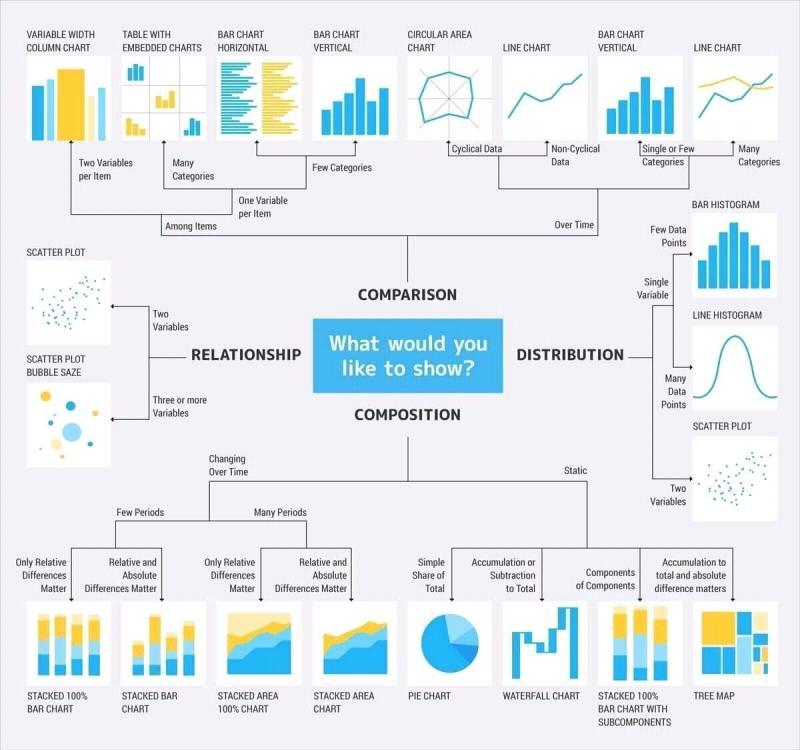This Gist contains additional information about the study presented in "Convo: What does conversational programming need?" at VL/HCC 2020.
The study can be cited as follows:
Van Brummelen, J., Weng, K., Lin, P., & Yeo, C. (2020). Convo: What does conversational programming need?. In 2020 IEEE Symposium on Visual Languages and Human-Centric Computing (VL/HCC).
or with BibTeX:


